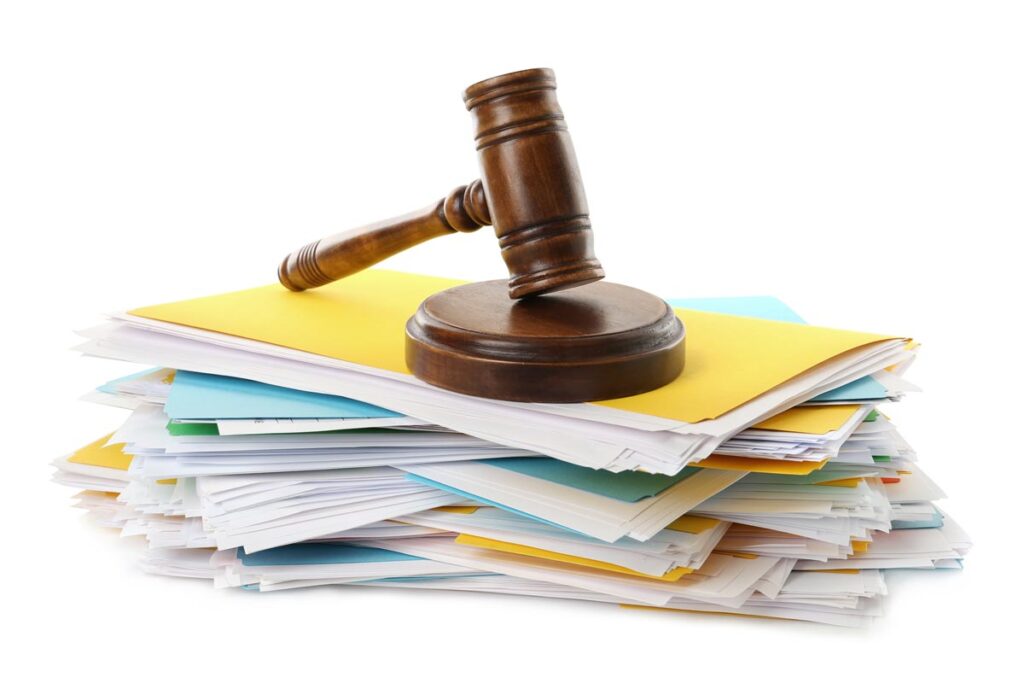
Navigating the intricacies of court records can be daunting, especially if you’re new to the legal system. Whether you’re doing a background check, researching for legal aid, or simply satisfying your curiosity, understanding how to read Long Beach court records is crucial.
Consider our engaging guide to help you make sense of the various types of court records in Long Beach, California.
1. Know What You’re Looking For
Before you dive into a Long Beach court records search, it’s important to understand exactly what information you need. Are you looking for details about a specific case, or are you interested in general court operations? Identifying your needs will help you search more efficiently.
2. Understand the Types of Court Records Available
Long Beach has several types of court records, including municipal, superior, and criminal court records. Long Beach municipal court records typically cover minor civil disputes and local ordinance violations. Long Beach superior court records deal with more serious civil and criminal cases, including felonies and major civil cases.
3. Accessing Long Beach Superior Court Criminal Records
If you’re searching for criminal records, the Long Beach Superior Court is your primary resource. These records contain information about criminal proceedings, including the defendant’s name, the nature of the charges, trial outcomes, and sentencing details.
4. Utilize Online Resources for a Long Beach Court Records Search
To access Long Beach California court records, you can start with the official court website. This online portal provides access to case records and other legal documents. You can perform a case search by name, case number, or other identifying details to find the records you need.
5. Visit the Court in Person
If online resources do not provide enough information, consider visiting the court in person. The clerks at the Long Beach Court can guide you on how to access physical records. This is particularly useful if you’re looking for archived records that are not available online.
6. Deciphering Case Numbers

Understanding how to read case numbers can greatly enhance your search efforts. In Long Beach, case numbers typically include information about the year the case was filed, the type of case, and a unique sequential number. This can help you track down records more specifically.
Typically, a case number in Long Beach courts will begin with a two-digit year indicator, which represents the year the case was filed. This is immediately followed by a code or abbreviation that denotes the type of case, such as ‘CR’ for criminal cases, ‘CV’ for civil cases, ‘FAM’ for family-related cases, or ‘PROB’ for probate cases.
After the type code, you’ll usually see a sequential number. This number is unique to each case filed within that category for the year and is assigned in the order that cases are filed. For example, a case number like ’19-CR-005342′ would indicate a criminal case filed in the year 2019, and it was the 5,342nd criminal case filed that year.
7. Interpreting the Information in Court Documents
Once you access the court record, you’ll find various types of information, including motions, orders, judgments, and party information. Familiarize yourself with legal terminology to better understand the implications of each document.
8. Respect Privacy and Legal Boundaries
When accessing Long Beach superior court records, it’s important to remember that some information might be restricted due to privacy laws or sealed by the court. Always respect these boundaries and use the information you obtain responsibly.
9. Consider Professional Help
If you find the process overwhelming or if you need specific legal documents, consider hiring a professional. Legal professionals or court record retrieval services can help you navigate the more complex aspects of court records more efficiently.
The Bottom Line
Whether you’re a legal professional, a student, or just a curious citizen, understanding how to read and access Long Beach court records is an invaluable skill that can help you in numerous ways. By following these tips, you can navigate the process with confidence and ease. Remember, each step you take brings you closer to the detailed information that court records can provide.